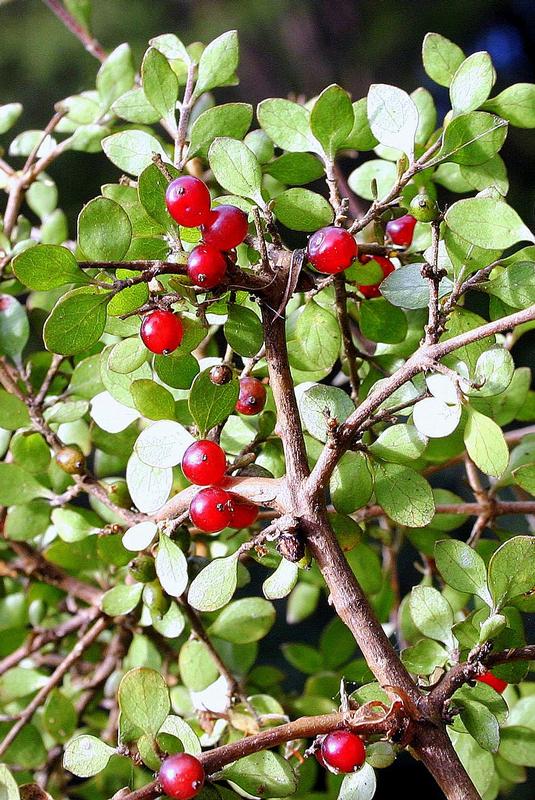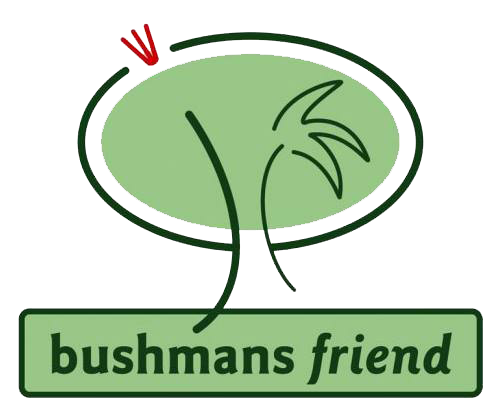
Recommended Books 
A practical field guide to New Zealand's native edible plants. Andrew Crowe 
Gardener's Encyclopaedia of NZ Native Plants by Cave, Paddison 
Trees and Shrubs of New Zealand by Poole and Adams 
The Reed Field Guide to New Zealand Native Trees by J.T. Salmon 


| 
Divaricating or filiramulate plants
Coprosma rhamnoides A curious feature of New Zealand plants is the large number of shrubs with small leaves and flexible interlacing branches. This form or shape is termed divarication (L. divaricare: to stretch apart) or filiramulate (L. filatim: a thread, ramus: a branch). Some of these plants can alternately be described as flexuous (L. flexus: bending, turning, winding) Divarication or filiramulation occurs across many plant families and curiously is found in some genera or species, but may not be prevalent in all the members of the genera.
There are a number of theories put forward to explain this growth form.
One idea is that it is a defensive mechanism against browsing Moa. Moa did not browse in the same way as other mammal browsers (of which New Zealand had none). Small leaved woody tangled shrubs were unpalatable to Moa, so plants that created this divaricating form were naturally selected as being advantageous.
Another theory is that this shape is advantageous in a dry, cold and windy environment, as may have been present in New Zealand in a previous ice age.
The theory that I most adhere to, as I have observed this occurring, is that this twisted small leaved form creates an ideal habitat for lizards which are the primary agent of fruit and seed dispersal. The lizards are readily able to climb throughout the plant to digest the fruit and are hidden or protected by the interwoven branches. In some species such as miro and kaikomako the plant may be divaricating while young, but as an adult the plant assumes a more normal shrub or tree form. Mouse over and click on the small picture for name and larger image of New Zealand native plants that have a divaricating form |
